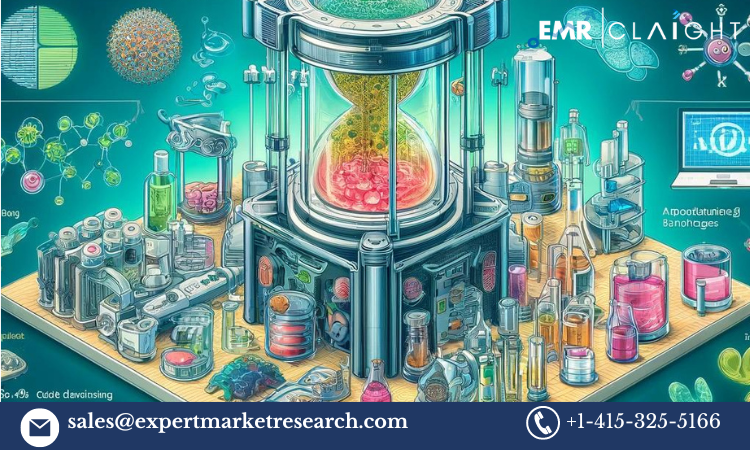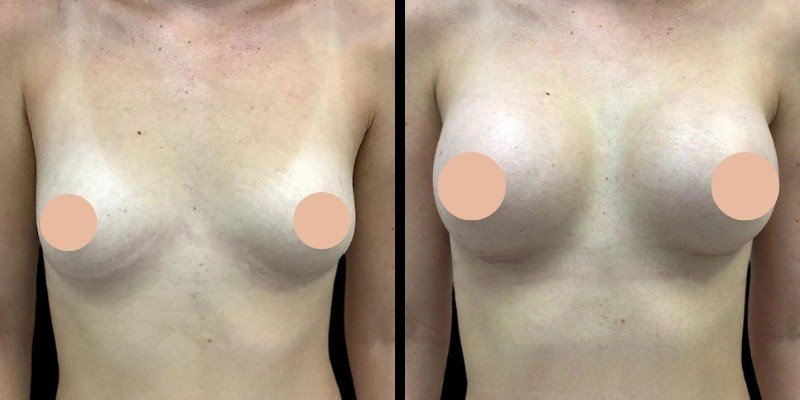In recent years, 3D cell culture has emerged as a game-changing technology, pushing the boundaries of what’s possible in cell biology and research. Unlike traditional 2D cell cultures, where cells are grown in flat, single layers, 3D cell cultures provide a complex, multi-dimensional structure that mimics the way cells grow in the human body. This leap in technology enables researchers to model diseases, test drug reactions, and study cellular interactions in a way never before possible. The 3D cell culture market is expected to rise from USD 2.03 billion in 2023 to a staggering USD 7.9 billion by 2032, reflecting the growing importance and demand for this innovative approach.
Why is 3D Cell Culture Transformational?
3D cell culture addresses several critical limitations in traditional cell research:
- Mimicking the Natural Environment: Cells in a 3D environment can communicate with each other and respond to physical cues in a way that closely resembles human tissues. This similarity is vital for research in cancer, stem cell biology, and tissue engineering.
- Enhanced Drug Testing Accuracy: 3D models improve the reliability of drug testing by providing a closer approximation of how human cells might react to new treatments. This can lead to fewer failures in clinical trials and more refined drug discovery.
- Better Disease Models: For diseases like cancer, Alzheimer’s, and fibrosis, 3D cultures allow researchers to create realistic models, leading to better insights into how diseases progress and respond to treatments.
Deeper Dive into Key Market Segments
1. Market Segmentation by Application
- Drug Discovery and Toxicology Testing: With a high failure rate of drugs in clinical trials, pharmaceutical companies are increasingly turning to 3D cultures to understand drug behavior in preclinical stages. This application alone is expected to drive a significant share of the market.
- Cancer and Stem Cell Research: Cancer researchers benefit greatly from 3D models that mimic tumor environments, aiding in the study of tumor growth and metastasis. Similarly, stem cell researchers use 3D cultures to explore cell differentiation and tissue formation, which are essential for regenerative medicine.
- Tissue Engineering and Regenerative Medicine: Tissue engineering leverages 3D cell cultures to grow cells, tissues, and organs for potential therapeutic use, opening doors for future treatments like organ regeneration and repair.
2. Market Segmentation by Product Type
- Scaffold-Based Platforms: Scaffolds provide a supportive structure that cells can attach to, creating an environment that mimics the extracellular matrix found in human tissues. Various materials, such as hydrogels and biopolymers, are used as scaffolds to cultivate more realistic tissue structures.
- Scaffold-Free Platforms: These include spheroids and organoids, which don’t require an external structure to form. Cells in these cultures self-assemble, creating microenvironments ideal for studying cancer and organ development.
3. Market Segmentation by End-User
- Pharmaceutical and Biotechnology Companies: These companies use 3D cell culture in drug discovery and development, particularly to test new compounds’ toxicity and efficacy.
- Academic and Research Institutes: Institutions are driving fundamental research into 3D cultures, creating better disease models and understanding cellular mechanisms in-depth.
- Contract Research Organizations (CROs): With the outsourcing trend in drug discovery, CROs are adopting 3D cell culture to offer comprehensive testing solutions to their clients.
Spotlight on Key Players and Their Influence
The global 3D cell culture market is populated by some prominent players, each contributing unique products, innovations, and strategic expansions. Here’s a look at some of the industry leaders:
- 3d Biotek LLC: Pioneering in scaffold-based platforms, 3d Biotek develops innovative biocompatible materials and 3D systems that are essential for creating realistic cell cultures.
- Advanced Biomatrix, Inc.: Known for its expertise in hydrogels and other 3D matrix materials, Advanced Biomatrix is key in supplying essential components for both research and commercial applications.
- Corning Incorporated: Corning’s innovative product line includes organoid and spheroid kits, which allow researchers to easily establish 3D cell cultures for a variety of applications.
- Insphero AG: A leader in developing cancer and liver models for drug testing, Insphero focuses on creating 3D cell culture systems that streamline toxicity testing for pharmaceutical companies.
These companies, along with others, are actively expanding production capacities, forming strategic partnerships, and engaging in mergers and acquisitions, reflecting the fast-paced growth and competitive nature of the 3D cell culture market.
Technological Innovations Fueling Growth
Organoids and Spheroids: These miniature organ models are transforming personalized medicine by providing patient-specific insights. Organoids derived from patient cells can be used to test drug responses before actual treatment, giving doctors a powerful predictive tool.
Automation and AI Integration: Automated 3D cell culture platforms combined with AI-driven analysis are making high-throughput screening more efficient. AI helps analyze cell growth patterns, viability, and drug responses more accurately, saving time and reducing errors.
Biocompatible Scaffold Materials: New materials are being developed to better mimic human tissues, improving experimental outcomes and enabling researchers to create even more complex tissue models.
Key Drivers and Challenges
Drivers of Market Growth
- Alternative Testing Models: With rising ethical concerns and regulatory restrictions around animal testing, 3D cell cultures provide a humane and effective alternative for preclinical testing.
- Chronic Disease Research: Increasing cases of cancer, cardiovascular disease, and neurodegenerative disorders demand better research tools, and 3D cell cultures are helping meet that need.
- Advances in Regenerative Medicine: As regenerative medicine moves toward real-world applications, 3D cultures play a crucial role in creating tissues for therapeutic use.
Challenges Facing the Industry
- High Costs: Advanced 3D cell culture equipment and materials come with a high price tag, limiting accessibility for smaller research institutions.
- Technical Complexity: Successful 3D cultures require specialized knowledge and training, and the techniques can be challenging for laboratories without experienced personnel.
- Scalability Issues: Scaling up 3D cell cultures for large-scale drug testing remains a hurdle, as the process is still more complex and less efficient compared to 2D cultures.
Regional Highlights: A Global Perspective
- North America: The region leads in market share due to its established research infrastructure, high investment in biotechnology, and the presence of leading companies.
- Europe: Europe’s growth is driven by substantial government funding, particularly in areas focused on ethical alternatives to animal testing and advancements in regenerative medicine.
- Asia-Pacific: This region is becoming a major player, with countries like Japan, South Korea, and India investing heavily in biotechnology and pharmaceutical research.
The Future of the 3D Cell Culture Market
As we look toward 2032, the global 3D cell culture market will continue to evolve, propelled by ongoing technological advancements and growing demand in drug discovery and regenerative medicine. Future innovations may include patient-derived organoids for truly personalized medicine, bio-printed organs for research and transplantation, and integrated AI solutions for more efficient analysis. With continuous support from both public and private sectors, 3D cell culture will become an indispensable tool for healthcare, reshaping our approach to disease treatment and drug development.



